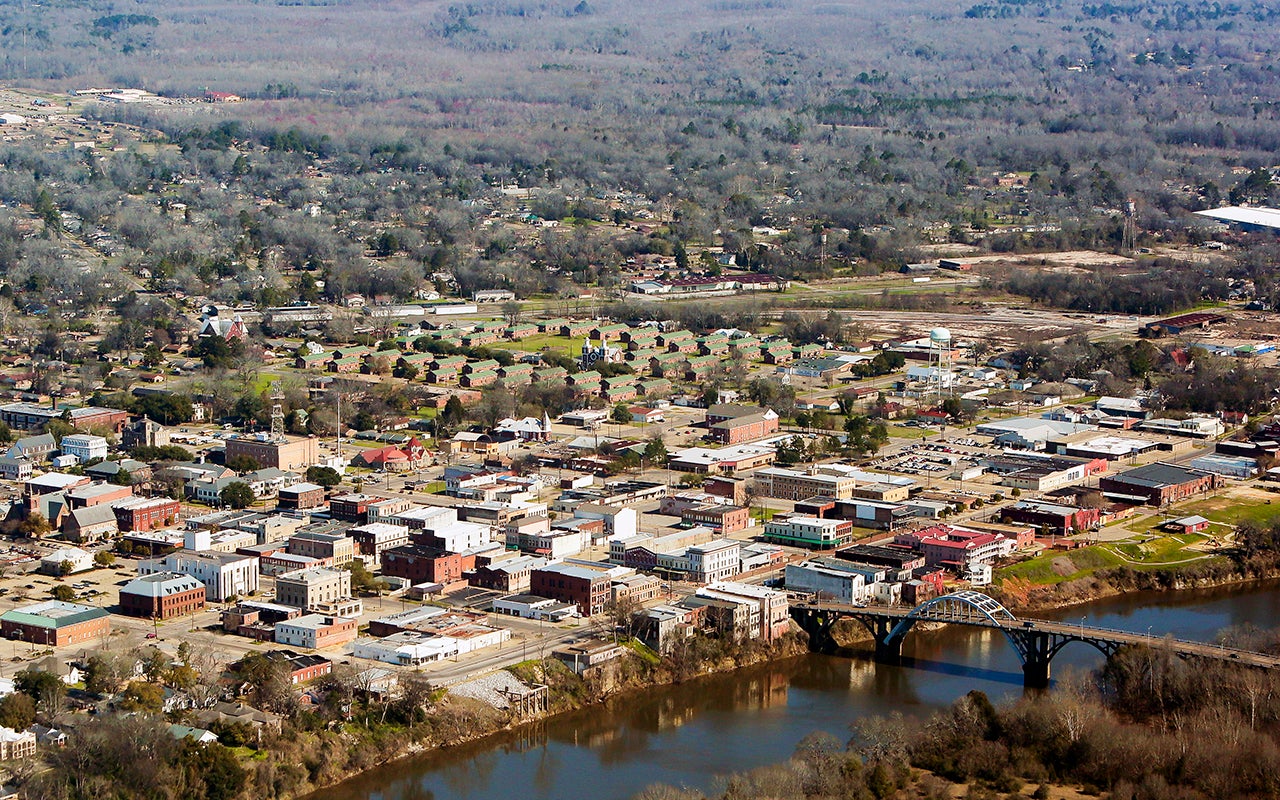Virus: As state confirms first death, county sees first cases
Published 1:34 pm Thursday, March 26, 2020
|
Getting your Trinity Audio player ready...
|
The first case of COVID-19, the novel coronavirus strain that has impacted communities across the globe over the past several weeks, was confirmed in Alabama nearly two weeks ago – as of Wednesday night, 386 cases had been confirmed across the state.
By Thursday afternoon, the state was reporting nearly 480 cases with an additional case in Dallas County.
According to a press release from the Alabama Department of Public Health (ADPH), the first Alabama patient to die as a result of COVID-19 was a resident of Jackson County with underlying health problems.
“We express our deepest sympathy to the family and loved ones of the patient who died, as well as to the families of everyone who has been affected by this outbreak,” said Alabama State Health Officer Dr. Scott Harris. “The health of our residents and the community is our greatest priority, and we will continue working together to care for the patients, protect the safety of health care workers, and protect the people in our state.”
Alabama Gov. Kay Ivey likewise released a statement Wednesday night offering condolences to the family of the deceased patient and heaping praise on the ADPH for its ongoing response.
“It is with profound sadness that I confirm that one of our citizens has passed away from the COVID-19 virus,” Ivey said. “I extend my prayers and deepest sympathies to the family and loved ones during these extraordinary circumstances. I continue to urge everyone that this virus is real, it is deadly, and we should continue to maintain social-distancing as much as possible. Together, we will overcome these challenges and difficult days.
However, at least one state official is less than enthused with the state’s response to the pandemic – in a letter published Wednesday night, Alabama Lt. Gov. Will Ainsworth laid out a list of inadequacies he sees in Alabama’s response to COVID-19 via the governor-assembled task force, as well as his expectations for the months ahead.
According to Ainsworth, it is believed that there are “substantially more cases than are being reported due to a lack of testing” and the biggest hurdle for the state will be a “lack of hospital capacity and a dramatic shortage of personal protective equipment.”
“A tsunami of hospital patients is likely to fall upon Alabama in the not too distant future and it is my opinion that this task force and the state are not taking a realistic view of the numbers or adequately preparing for what awaits us,” Ainsworth said. “Every health specialist with whom I have spoken is anxious about surge capacity and has expressed doubts about our preparations.”
Ainsworth noted that he has been in conversations with various health experts across Alabama, whom he is relying on to assist in developing a comprehensive statewide plan to battle the virus.
Time is our enemy and each moment that we lose by not preparing for the coming deluge will result in the loss of life and the crippling of our healthcare infrastructure,” Ainsworth said. “Hospitals need our immediate help to expand capacity, but it will require an ‘all hands on deck’ approach and the willingness of all involved to make it a priority. Simply put, we have not done enough to prepare, and action must be taken now.”
By Ainsworth’s estimation, which accounts for a 13 percent hospitalization rate compared to New York’s current 23 percent hospitalizations rate, Alabama could see nearly 245,000 cases by May with more than 6,300 people hospitalized.
In Dallas County, which saw its first cases of the virus nearly two weeks after it touched down in Alabama, Dallas County Emergency Management Agency Director Toya Stiles said the discovery of two local cases changes the trajectory of the local response effort – pains will have to be taken to test the patients’ family members and find out who they have been in contact with for further testing.
Stiles said there is a “great possibility” that some area businesses may have to close to “deep clean.”
“This is just the beginning,” Stiles said, noting that she expects more cases to be reported in the coming days an adding that she expects for the precautionary measures implemented in response to the pandemic to extend beyond their previously-intended mid-April expiration date.
Officials at Vaughan Regional Medical Center (VRMC) have said that no COVID-19 patients have been “evaluated or treated” at the local hospital, but hospital staff is reviewing the facility’s “robust emergency operations plans and proactively completing a number of preparation checklists” in order to be ready for the first patient.
Additionally, the hospital is taking a number of precautions prescribed by the Centers for Disease Control and Prevention (CDC) in order to prepare, including screening all patients that enter the hospital’s emergency or in-patient departments based on recent travel history, making personal protective equipment and hand hygiene products available, instituting a no-visitor policy, closing all public areas of the hospital and canceling or postponing all non-urgent procedures.
“We want to assure our community that our providers and clinical teams are well-trained and prepared to manage outbreaks of viruses and infectious diseases, including the coronavirus,” a statement from the hospital read.






